Moist MG seeds
karyn1
14 years ago
Related Stories
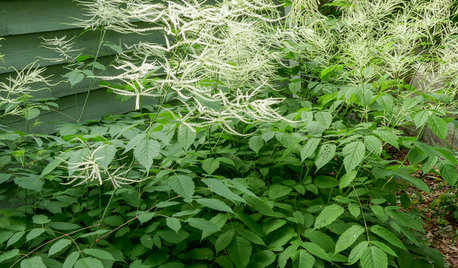
FLOWERS AND PLANTSAruncus Dioicus Is a Stately Plant for Shady, Moist Garden Spots
Plant goat’s beard in perennial and woodland gardens. Its large white spring blooms attract bees, beetles and butterflies
Full Story
CONTAINER GARDENS8 Easy Container Plants to Grow From Seed
Get beautiful blooms and herbs in summer by starting these choice garden picks from seed in spring
Full Story
GARDENING GUIDESHow to Plant a New Lawn From Seed
Choose from more grass varieties and save money over sod by starting your lawn from seed
Full Story
GARDENING GUIDESSeeds or Seedlings? How to Get Your Garden Started
Growing delicious herbs and vegetables starts with knowing your goals and when you want to plant
Full Story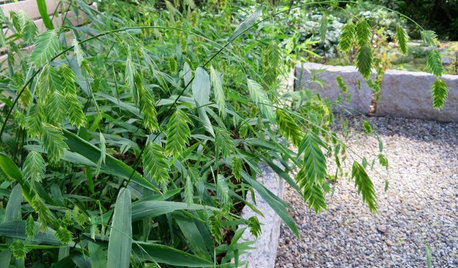
GARDENING GUIDESGreat Design Plant: Chasmanthium Latifolium
Inland sea oats is an easy native grass for a moist, shady garden spot
Full Story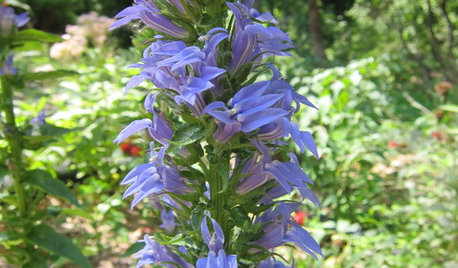
GARDENING GUIDESGreat Design Plant: Lobelia Siphilitica Keeps Its Cool
Great blue lobelia, a flowering native that prefers moist soil, adds a calming blue hue to the late-summer garden
Full Story
GARDENING GUIDESGreat Design Plant: Thalictrum Dasycarpum Dresses Up Shorelines
Plant tall meadow-rue on central U.S. shorelines and in moist gardens for its frilly cream flowers and blue-green softly lobed foliage
Full Story0
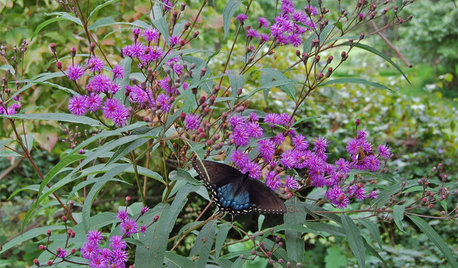
GARDENING GUIDESGreat Design Plant: Vernonia Noveboracensis
Stately New York ironweed attracts pollinators with its blooms at the end of summer and birds with its seeds in fall
Full Story
GARDENING GUIDESUnleash Your Guerilla Gardener
Toss some seed bombs around the yard for easy, beneficial plantings
Full Story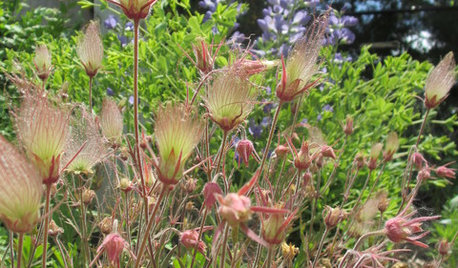
GARDENING GUIDESGreat Design Plant: Geum Triflorum
Nodding red blooms, glittery effervescent seed heads and a tough-as-nails constitution make prairie smoke a winning ground cover
Full Story





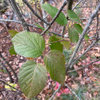

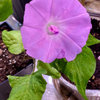
luvsgrtdanes
Gerris2 (Joseph Delaware Zone 7a)
Related Professionals
Grand Haven Landscape Architects & Landscape Designers · Southfield Landscape Architects & Landscape Designers · Canby Landscape Contractors · Cliffside Park Landscape Contractors · Fuquay-Varina Landscape Contractors · Las Vegas Landscape Contractors · Mason Landscape Contractors · Mastic Beach Landscape Contractors · Mastic Beach Landscape Contractors · McLean Landscape Contractors · Mission Viejo Landscape Contractors · Ronkonkoma Landscape Contractors · Royal Oak Landscape Contractors · Antioch Landscape Contractors · Archdale Stone, Pavers & Concreteprimrose1x3
karyn1Original Author
Gerris2 (Joseph Delaware Zone 7a)
kayjones
Gerris2 (Joseph Delaware Zone 7a)